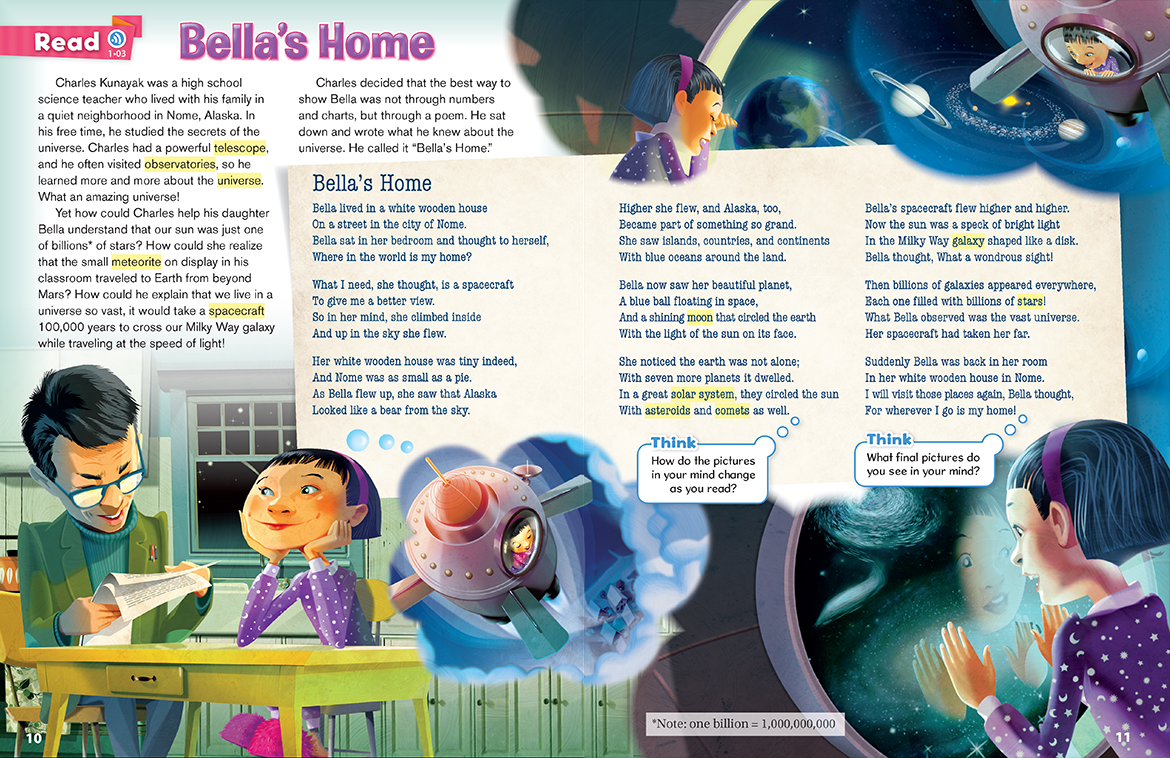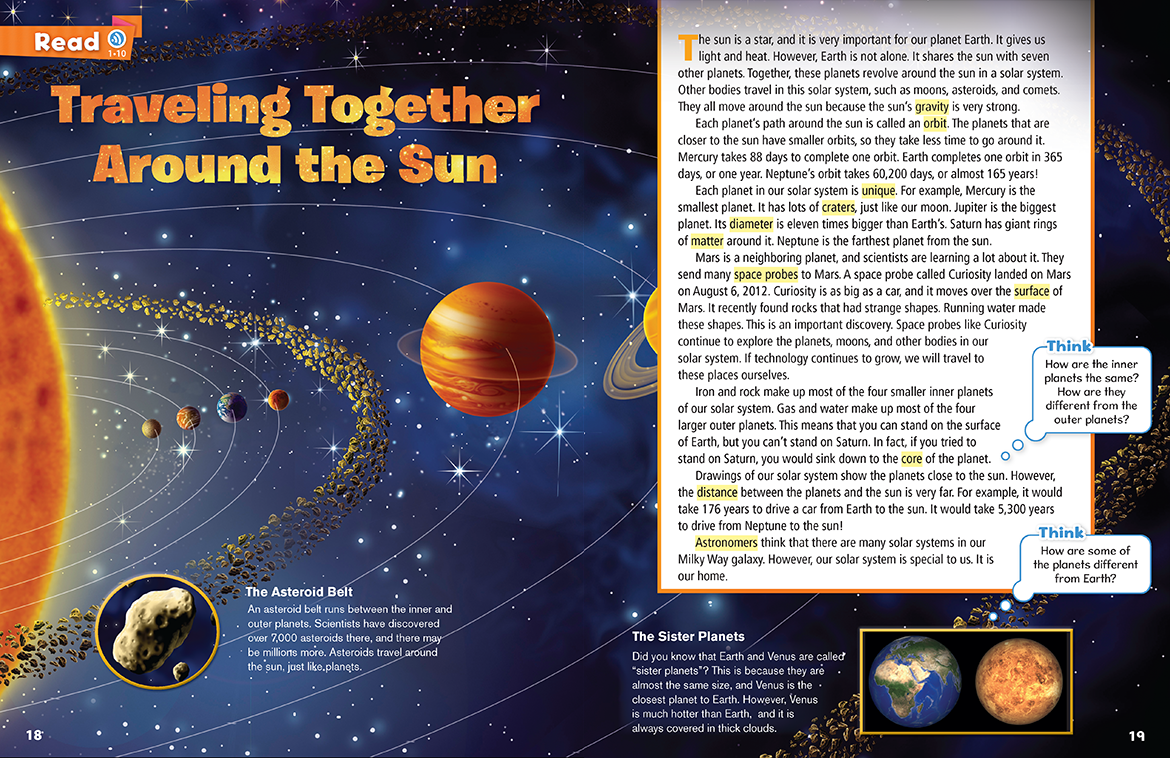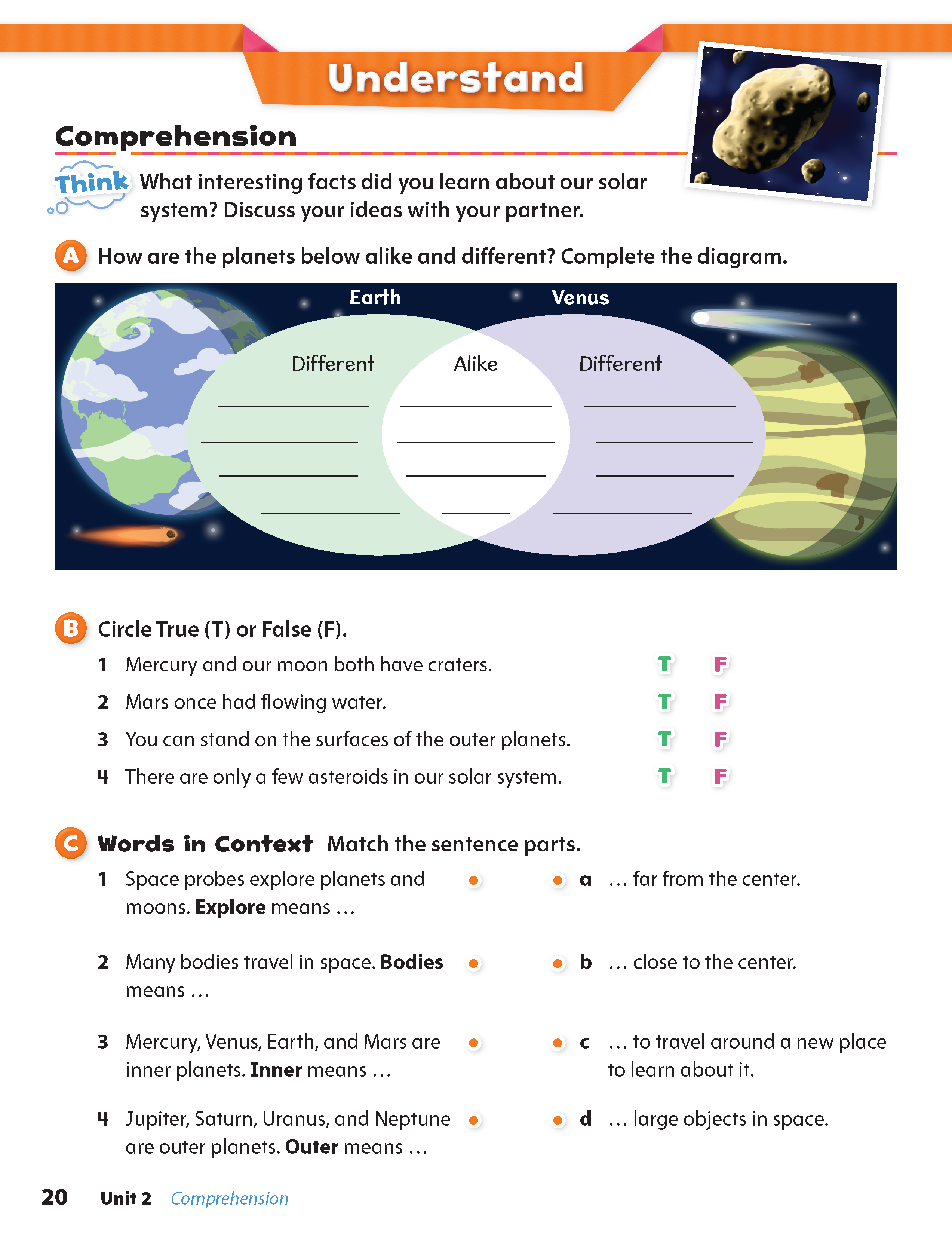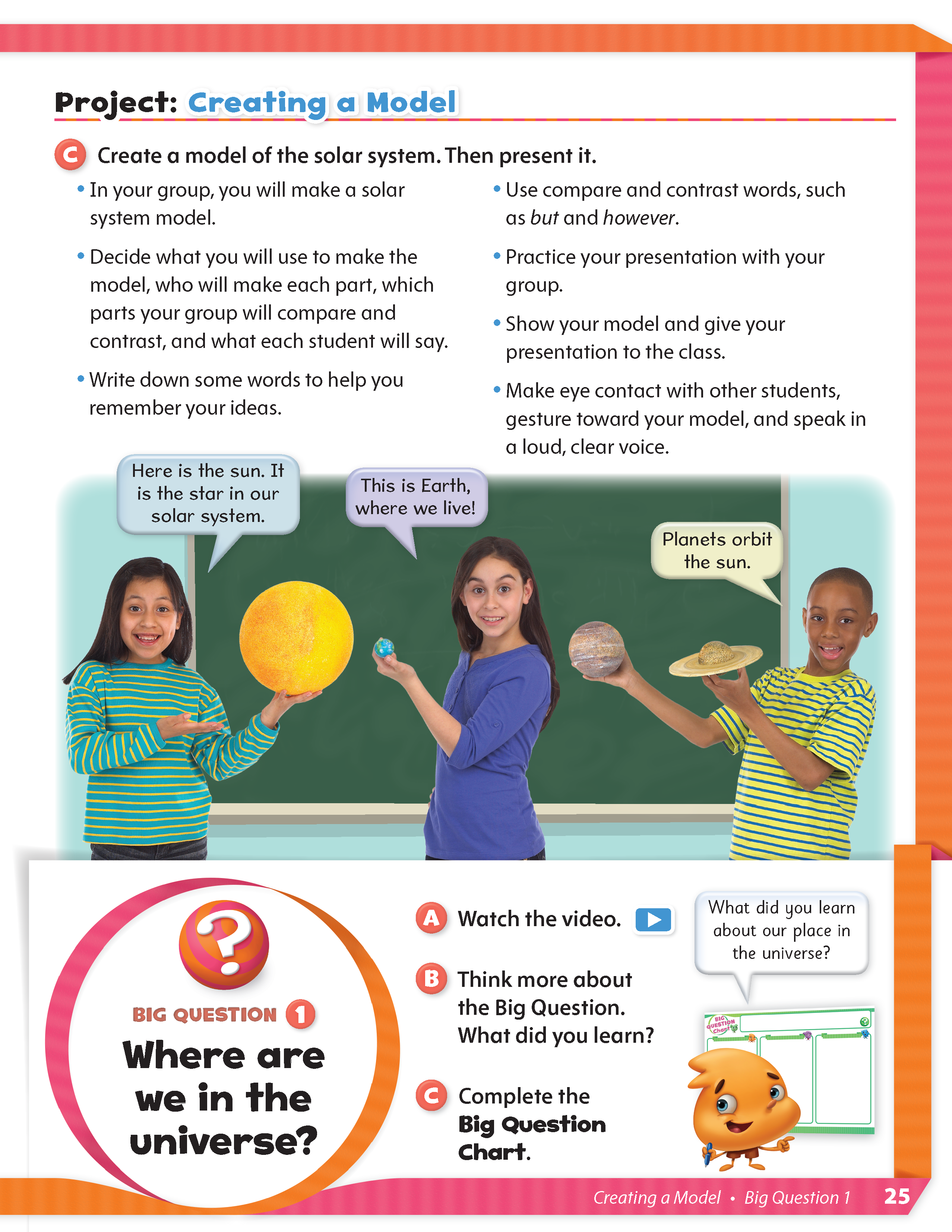 Charles Vilina, co-author of the new Young Learners series, Oxford Discover, offers some practical tips on making the most of CLIL in the young learner classroom.
Charles Vilina, co-author of the new Young Learners series, Oxford Discover, offers some practical tips on making the most of CLIL in the young learner classroom.
As a teacher of young learners, it’s easy for me to see when my students are engaged in the lesson. I see it in their faces, in their posture, and in the way they inquire and respond. The class is almost vibrating with positive energy.
What are the qualities of learning in such a classroom? Here are just a few suggestions:
active, useful, meaningful, productive, experiential, challenging, rewarding, shared
Students who see value and purpose in their learning, who are challenged to think actively and to ask their own questions, are going to be engaged in the lesson. Take those qualities away, and students become bored and disenchanted.
Discovering the World
This brings us to the subject of content-based language education, which many teachers know as CLIL (Content and Language Integrated Learning). In a CLIL lesson, we open the windows of our classrooms and invite our amazing world inside. Students discover the world for themselves, using the tools of language in a meaningful way as they move through the lesson. As a result, language fluency is increased.
For our young learners, a successful CLIL lesson is meaningful, challenging, rewarding, and requires them to think deeply and learn actively.
Eight Points for Success
There are eight points to remember when incorporating CLIL into your young learners’ classroom.
1. Introduce the world through many core subjects
Since our purpose as language teachers is to build fluency, students should be introduced to a wide variety of core subjects (in the areas of social studies, the sciences, the arts, and math) to build strong language skills. Each core subject has its own particular vocabulary, grammar, and approach to learning. Social language (BICS) and academic language (CALP) are used in these CLIL lessons, integrating and strengthening both.
2. Let students lead the way by asking their own questions
When we introduce a subject, students should first have the opportunity to discuss what they know and what they want to know about it. This inquiry-based approach to learning engages students from the start. Students are invited to discuss their prior knowledge and experience of a subject, making them feel that they are active participants in the learning process. When students then go on to wonder, to ask their own questions about the subject, they create a personal interest in finding the answers. This supports strong student engagement.
Questions might include, based on the subject matter:
Why do butterflies have four wings?
Why are there 365 days in a year?
Why are cities often built near rivers or lakes?
The teacher can contribute to this process by wondering, too. As the teacher also has questions, this changes student perception. They begin to look at their teacher as a partner in learning.
3. Present content through both fiction and non-fiction
Everything in our world is enriched when presented through fiction as well as facts. Our young learners need exposure to stories as well as to expository texts, giving them fresh examples of how knowledge can be presented. This builds literacy skills as well as knowledge.
Here is an example of providing both fictional and non-fictional content for students, taken from Oxford Discover. The core subject is natural science, and it poses the big question, Where are we in the universe?


In the first reading above, the subject is presented through a fictional poem about a little girl and her imaginary spacecraft. In the second reading, a science article presents information about our solar system. Through both readings, students approach learning in a unique way.
4. Match the content to the students’ language ability
Be sure that the content you present is at a level of vocabulary and grammar that is comprehensible to your students. This means that the majority of the vocabulary and grammar in the readings has already been explicitly taught and learned in previous lessons.
However, every CLIL lesson will introduce additional vocabulary and grammar that are needed to understand the particular subject or topic. This additional vocabulary and grammar are taught explicitly, either before or after students are introduced to them in the readings. As students experience the new words and grammar through the context of the readings, their understanding increases.
5. Present content in an interesting and challenging way
The world is a fascinating place, but material is often presented in a dull way. Find content that triggers a child’s natural spirit of curiosity. There should be a sense of wonder, exploration, and discovery within the words of the readings.
6. Allow students to organize the content in a meaningful way
Once students have discovered information about a subject, they should have an opportunity to demonstrate their knowledge. This can begin with comprehension activities, but it should soon move to higher order thinking tasks.
A successful CLIL lesson often uses graphic organizers such as time lines, Venn diagrams, mind maps, or charts (illustrating cause and effect, chain of events, etc.). Graphic organizers require students to analyze the information and make sense of it.
Here is an example of a graphic organizer used for the reading shown above about our solar system. It is a Venn diagram, asking students to compare and contrast Earth and the planet Venus.

By challenging students to think more deeply, you create a much more active and motivating learning experience for them.
7. Give students an opportunity to talk about what they have learned
Throughout the CLIL process, students are building literacy skills through intensive reading. However, they need an opportunity to build their listening and speaking skills as well. Many opportunities exist in a CLIL lesson for this. For example, students should be encouraged to create their own questions about the readings. This lets students take control of their own learning, as well as to demonstrate what they know. As students share questions and answers, fluency is improved.
In addition, the graphic organizers described above can be a jumping board for dialogue. Students can work in pairs and complete the graphic organizers together while discussing their choices. Later, student pairs can work with other pairs to discuss what they have learned.
8. Provide a summative project to complete the CLIL lessons
A summative project allows students to take what they have learned and create something original with it. A strong summative project is collaborative (getting students to achieve something together) as well as creative (contributing their own original ideas) and communicative (listening, speaking, reading, and writing through the process). In addition, there should be an opportunity for students to present their projects to the class, building their public speaking skills.
Here is an example of a summative project around the subject of our solar system, taken from Oxford Discover. Students work together in small groups to create a model of our solar system, and then present it to the class.

To conclude, a successful CLIL lesson is a student-centered approach to learning. The teacher facilitates the learning process by moving around the class, ensuring that students are actively involved and using the language tools they need to succeed. It is inquiry-based, encouraging students to ask their own questions and seek their own answers together.
Most importantly, CLIL allows students to use their language skills in a meaningful and productive way, building fluency and confidence as they seek and discover knowledge.
Would you like more practical tips on using CLIL and teaching 21st Century skills to your young learners? Visit our site on Teaching 21st Century skills with confidence for free video tips, activity ideas and teaching tools.


An impressive post that should be read by anyone who teaches young learners. Although I suppose the point that resonated the most with me was:
1. Introduce the world through many core subjects
My most interesting and engaging lessons involve teaching science, history, and math. There is so much to learn from a wide variety of sources. Students start taking more initiative about their own learning and will introduce new computer programs, books, and their own ideas to me and the class with far greater frequency. You don’t have to wait until students are really, really good at English either, since that increased interest in the subject matter will drive them into becoming very, very good at English.
[…] Charles Vilina, co-author of the new Young Learners series, Oxford Discover, offers some practical tips on making the most of CLIL in the young learner classroom. […]
[…] Charles Vilina, co-author of the new Young Learners series, Oxford Discover, offers some practical tips on making the most of CLIL in the young learner classroom. As a teacher of young learners, it… […]
Reblogged this on hungarywolf.
[…] Charles Vilina, co-author of the new Young Learners series, Oxford Discover, offers some practical tips on making the most of CLIL in the young learner classroom. […]